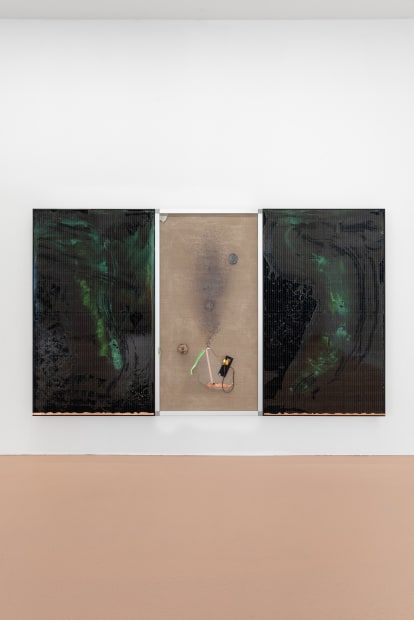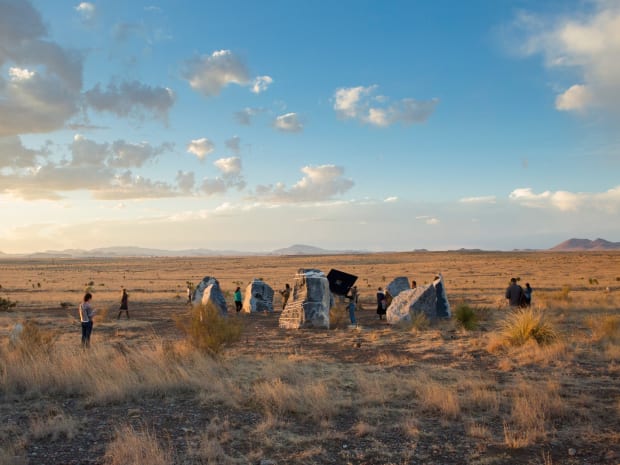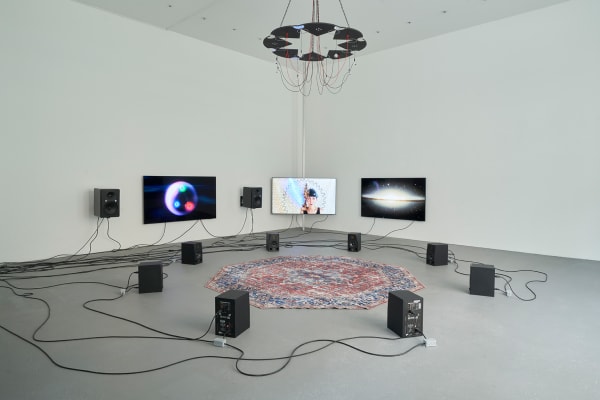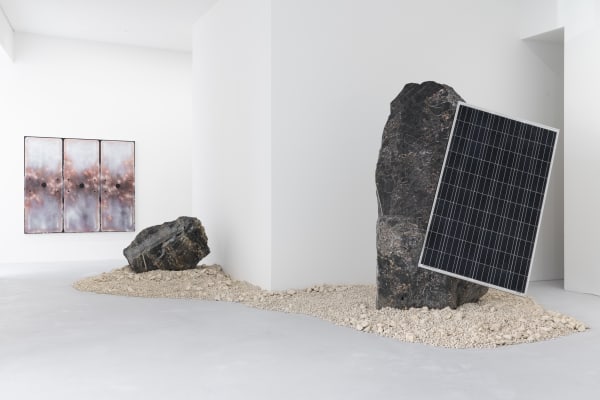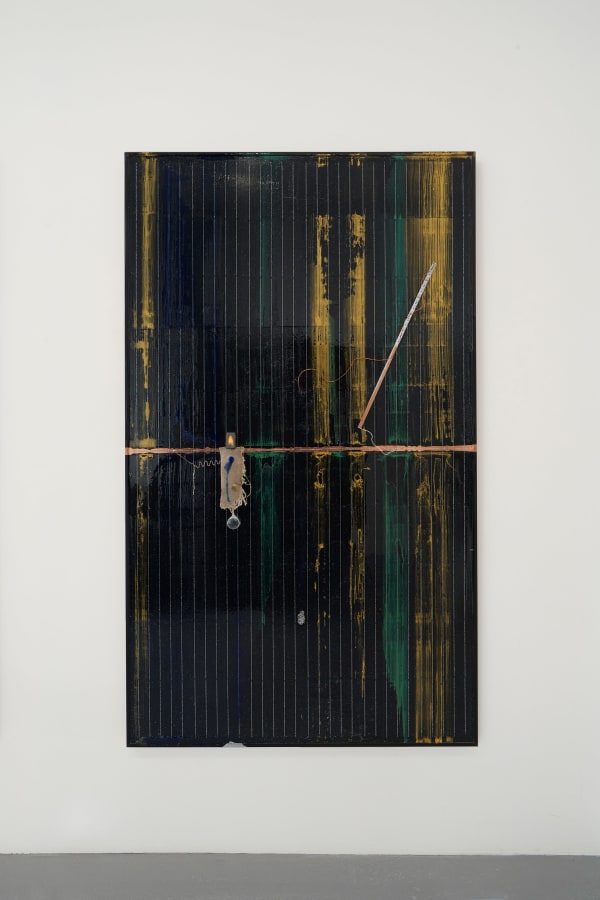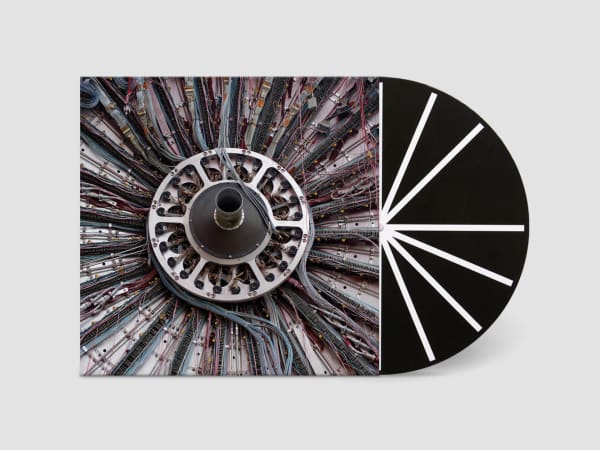-
energy/power
haroon mirza -

-
-
Dyson Sphere
-
-
-
-
sound and light
-

-
-

-

-
solar powered led circuit compositions
-

-

-

-

-
-
the wave epoch
-
-

-
-
haroon mirza
-
-

-
available works
for further information click on the photos -
-
 Haroon Mirza & Jack Jelfs, The Wave Epoch (Shamanic DMT Ritual @CERN causes Demonic Portal to open creating novel coronavirus UFO), 2022
Haroon Mirza & Jack Jelfs, The Wave Epoch (Shamanic DMT Ritual @CERN causes Demonic Portal to open creating novel coronavirus UFO), 2022 -
 Haroon Mirza, After the Big Bang, 2014
Haroon Mirza, After the Big Bang, 2014 -
 Haroon Mirza & Mattia Bosco, Standing Stones (Solar Symphony 8), 2015
Haroon Mirza & Mattia Bosco, Standing Stones (Solar Symphony 8), 2015 -
 Haroon Mirza, Light Work xliii, 2022
Haroon Mirza, Light Work xliii, 2022
-

















